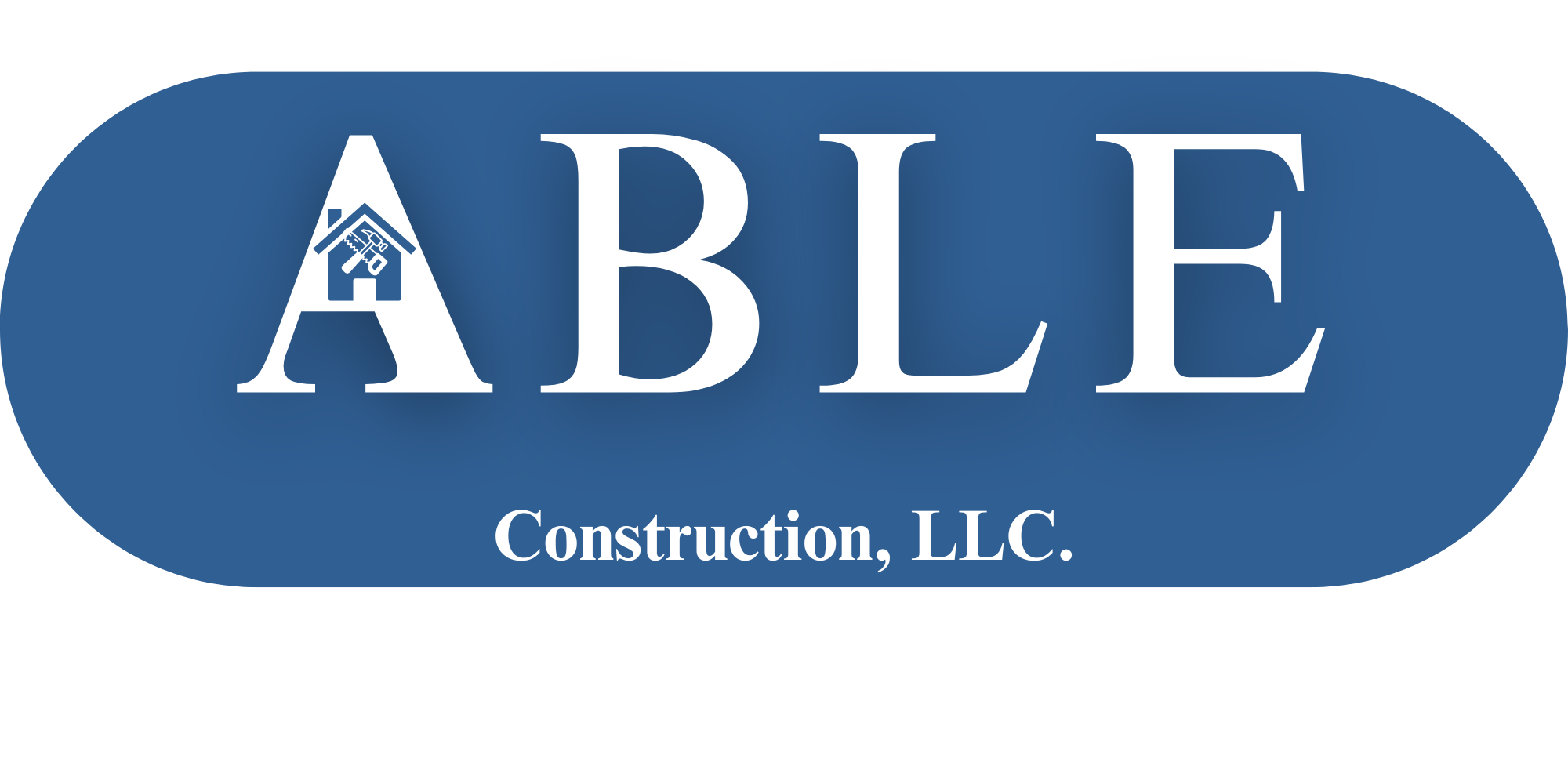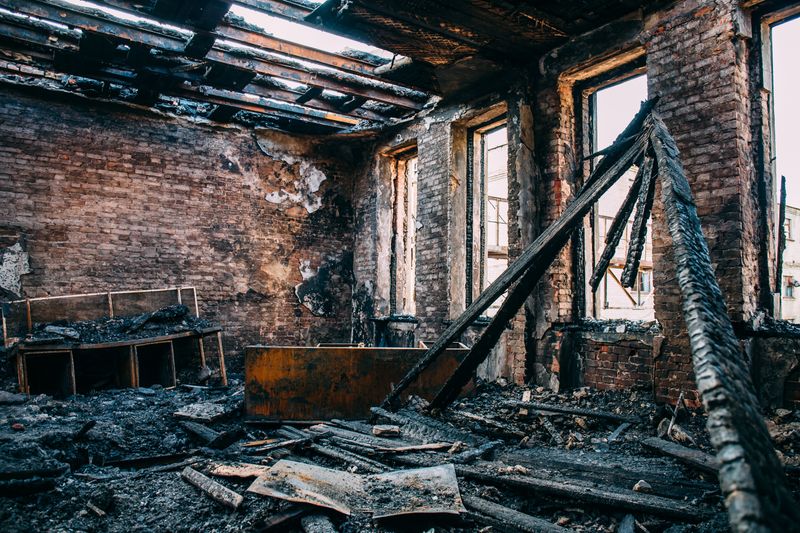1. Contact your insurance company right away.
If you have insurance on your property, you’ll want to call them as soon as the fire is safely extinguished.
Familiarize yourself with your insurance policy so that you know what is covered, and you can ensure you receive full and fair payment. The best thing you can do is read through your insurance coverage and familiarize yourself with what it entails. Each policy is different, so this will greatly affect how you decide to move forward. In the case of home insurance, a majority of policies cover the value of the home as it was before the fire. In the event of a total loss, the insurance company may settle by paying you the policy amount for the home in addition to whatever contents were in the home at the time of the fire.
Other expenses, like the demolition of the home, may also be covered. Take pictures or videos to document everything that was damaged or destroyed so that you have proof to show the insurance company. Don’t throw anything away, and make a list of all the damaged or lost items, too. The more you have to back up your claim, the better. If your adjuster can physically see the items, it makes the claims process much more seamless. If you experienced a total loss and were unable to save any necessities, let your insurance company know. You may be entitled to a partial payout to recover items you need immediately. Be sure to keep detailed notes of any communications with your insurance company, and save all documents. Email, as opposed to phone, is a great way to keep record of communications.
2. Have the damage inspected by a third-party, licensed professional.
Generally speaking, having an insurance-assigned adjuster inspect a total loss after fire damage isn’t sufficient. Because these adjusters work for the insurance company, they are inclined to make decisions based on the insurance company’s best interest rather than yours. This is why it can be in your best interest to hire a licensed contractor or structural engineer to accurately evaluate the extent of the destruction, determine the integrity of the structure, and provide an honest estimate of the overall cost of repairs.
An adequate inspection should include:
- structure
- roof
- siding
- concrete and/or stucco
- plumbing
- heating systems
- framing
- interior walls
3. Decide if you should repair or demolish and rebuild.
Once the inspection is completed and you have an accurate estimate, you’ll be able to determine whether you want to repair the damage or demolish and rebuild. If you have insurance on the property, your policy may limit how you proceed. For example, what you consider a total loss may not be a total loss to the insurance company.
4. Hire the right contractor for the job.
Whether you decide to repair or demolish your property, be strategic and thorough when choosing a contractor. They should be experienced in the work being done as well as be familiar with working alongside insurance companies. Hometown Demolition makes it easy to read company profiles, see customer reviews, and request quotes from qualified local demolition contractors.
At Able Construction LLC. we have worked with many home and business owners who have experience a fire. We have the tools ready and available to get to work on your home a.s.a.p. If you have a fire don’t hesitate to call us 24/7/365.

